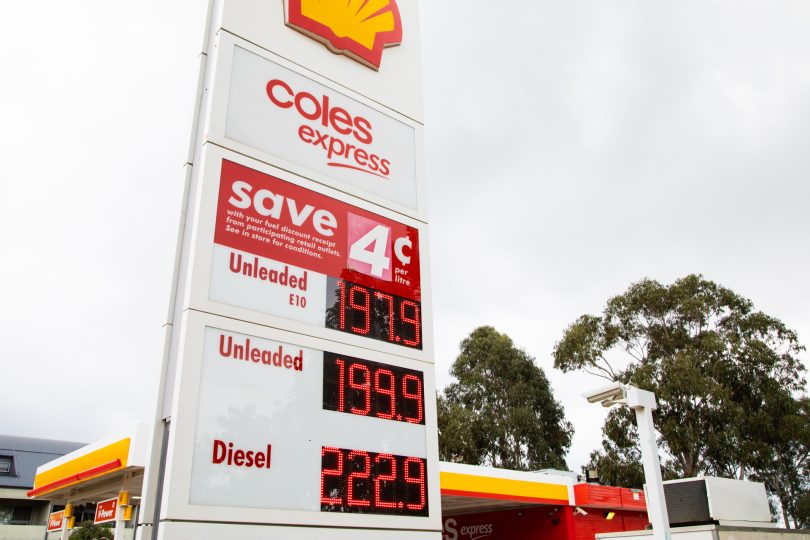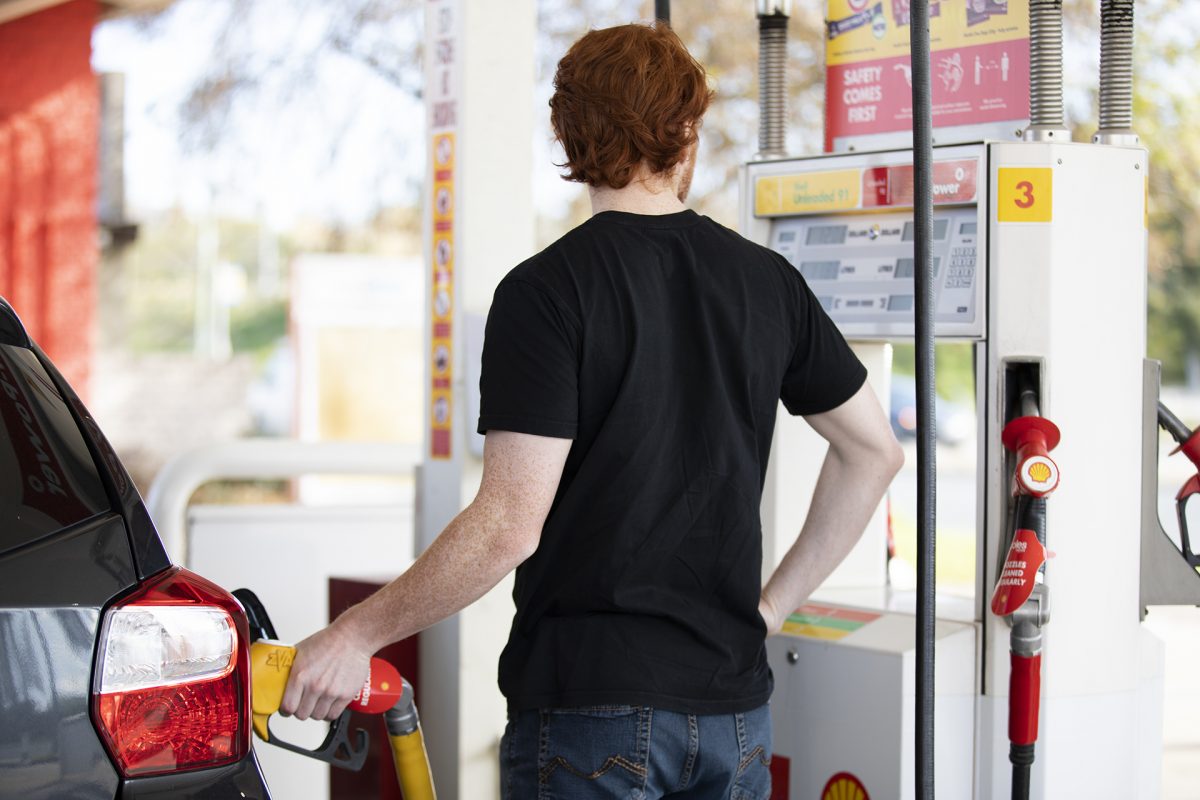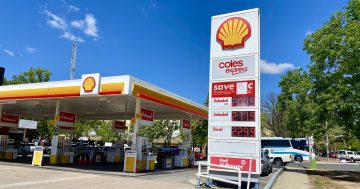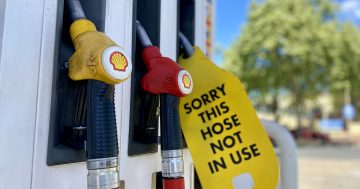
The ‘good old days’: if you hunt around, you can still find fuel at these prices (but don’t count on it). Photo: Michelle Kroll.
If the rest of the nation is anything to go by, Canberrans should have been paying less for petrol since the end of last week. So why do we still have the highest average fuel price of all the capital cities?
After months of agony at the bowser, wholesale fuel prices in NSW and the ACT plummeted 15 cents in the past week alone. However, Canberra’s average price at the pump as of 18 July is still $2.18 for regular unleaded, much like it has been since early May.
Melbourne comes second at $2.16 and Hobart third at $2.08. Darwin is the market most similar to ours and sits at around $2.15.
The Australasian Convenience and Petroleum Marketers Association (ACAPMA) is the national peak body representing the interests of Australia’s fuel wholesale, distribution and retail industry.
CEO Mark McKenzie says the wholesale price is what the service station pays when it refills its tanks.
“If I’m a low-volume player, that price won’t come down until I’ve drained my stock,” Mr McKenzie explains.
But for most Canberra petrol stations, he says stock is replaced every couple of days.
“I would expect to see what has happened in the smaller market of Hobart also happening in Canberra from the end of last week. But we’re not seeing that.”

Counting the pennies: prices should come down (but that doesn’t mean they will). Photo: Michelle Kroll.
Several stations to the east of Canberra, near Hume and Majura, are around the $1.99 mark for 91, which is about where Mr McKenzie would expect to see prices. But the rest of the city is still around $2.20.
The cheapest is in Fyshwick at $1.98 and the most expensive is in Kingston at $2.24.
Fuel prices have bounced up and down since the war in Ukraine began in March, but it has been a downward trend since then.
The global price of oil peaked on 14 June, but since then, it has dropped by 18 per cent to around US$100 a barrel. This is also about where they were when the Federal Government cut the fuel excise on 29 March.
“What we’re seeing in Australian markets at the moment is the first part of that fall.”
Mr McKenzie says demand for oil is dropping as traders dread impending economic doom.
“Oil traders are speculating that the big economies of the world are heading for a recession. Recession is bad for a whole lot of things, but it does reduce demand and, therefore, price. But no one really knows for sure.”
The country has had 110 days under the 22.1-cent fuel excise cut with 72 days to go until it’s added back to the pump price on 28 September.
Mr McKenzie says what happens after September remains anyone’s guess, but we can rest assured fuel prices will come down over the next few days.
As for Canberra’s diesel prices, that’s still well over $2 and nearly $2.40 in places.














